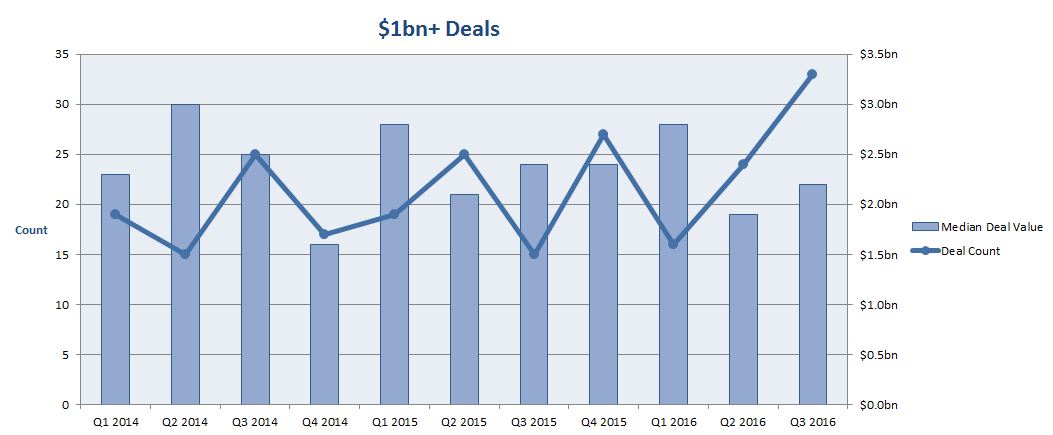Contact: Scott Denne
Broadcom continues its strategy of buying a sustainable portfolio of semiconductors with the $5.5bn acquisition of Brocade. The target’s fiber-channel storage networking chips drew Broadcom’s interest, yet those chips account for very little of the value. Broadcom plans to recoup the difference when it sells Brocade’s IP networking business after the deal closes.
The company formerly known as Avago has run this play before. Shortly after the purchase of Broadcom last year (the transaction that gave the company its current name and much of its bulk), it divested bits of that vendor, including its Internet of Things (IoT) connectivity line. Broadcom’s strategy is to buy products that have long-term stability. IoT chips that are chasing an early-stage opportunity that’s possibly lucrative and certainly capital-intensive don’t fit. It also shed parts of LSI following its pickup of that firm at the end of 2013.
Yet today’s all-cash acquisition brings Broadcom into new – and risky – territory. In previous divestitures, it was selling semiconductor and component businesses that it wasn’t comfortable owning. The Brocade IP networking business is hardware and software. And in today’s deal, it’s not looking to unwind a secondary asset. IP networking is a major component of the target’s business.
Consider this: Broadcom shaved $1.1bn from the $6.6bn price tag on LSI by shedding two semiconductor business lines. Of the $5.5bn ($5.9bn in enterprise value) that it’s paying for Brocade, it’s presumably seeking a sale to bring back more than half of that given that the IP products unit accounts for about half of the revenue and all of the growth. That could prove to be challenging, given that Ruckus Wireless, a Wi-Fi provider that generates about one-third of Brocade’s IP sales, was on the market less than seven months ago and the top bidder in that process, Brocade, is no longer in the acquirer pool. And if Broadcom can’t find a buyer at a satisfactory price, it will be forced to retain a business that competes with many of its OEM customers.
Broadcom’s reach for Brocade values the target at 2.6x trailing revenue. According to 451 Research’s M&A KnowledgeBase, that’s the median multiple across all of its acquisitions over the past four years. On the other hand, storage networking specialists usually sell at or below 1x, making this deal look a bit pricier. Broadcom would have to divest the IP networking division for $3bn or more to get the effective multiple on today’s transaction into that range.
Evercore Partners advised Brocade on its sale. We’ll have a full report on this deal in tomorrow’s 451 Market Insight.
For more real-time information on tech M&A, follow us on Twitter @451TechMnA.

